
cd_nom

| Author : J. Touroult |
 |
To get the picture, please visit:
Julien TOUROULT
Muséum national d'Histoire naturelle - Service du Patrimoine Naturel
36 rue Geoffroy Saint-Hilaire
CP 41
75 231 PARIS CEDEX 05
e-mail : inpn@mnhn.fr
Legend: Femelle - 34 mai 2012
Despite the Creative Commons license, please inform the author of the use which will be made of his photo
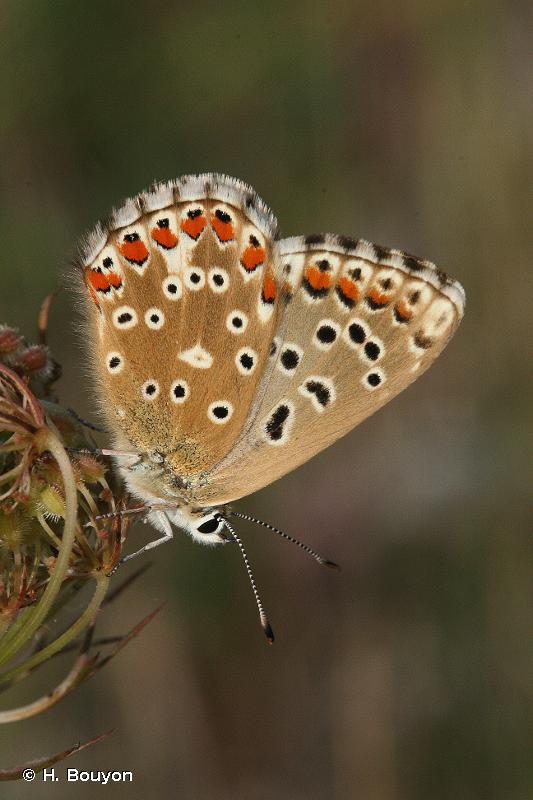
| Author : H. Bouyon |
 |
To get the picture, please visit:
Hervé BOUYON
email : herve.bouyon@wanadoo.fr
Any reuse of one or more photographs on this site is subject to an authorization request from the author.
Link to the Code of Intellectual Property (Legifrance)
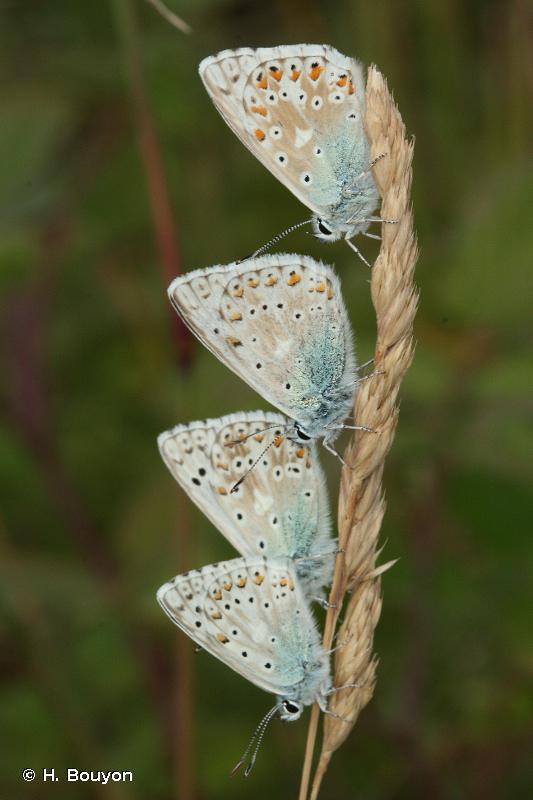
| Author : H. Bouyon |
 |
To get the picture, please visit:
Hervé BOUYON
email : herve.bouyon@wanadoo.fr
Any reuse of one or more photographs on this site is subject to an authorization request from the author.
Link to the Code of Intellectual Property (Legifrance)
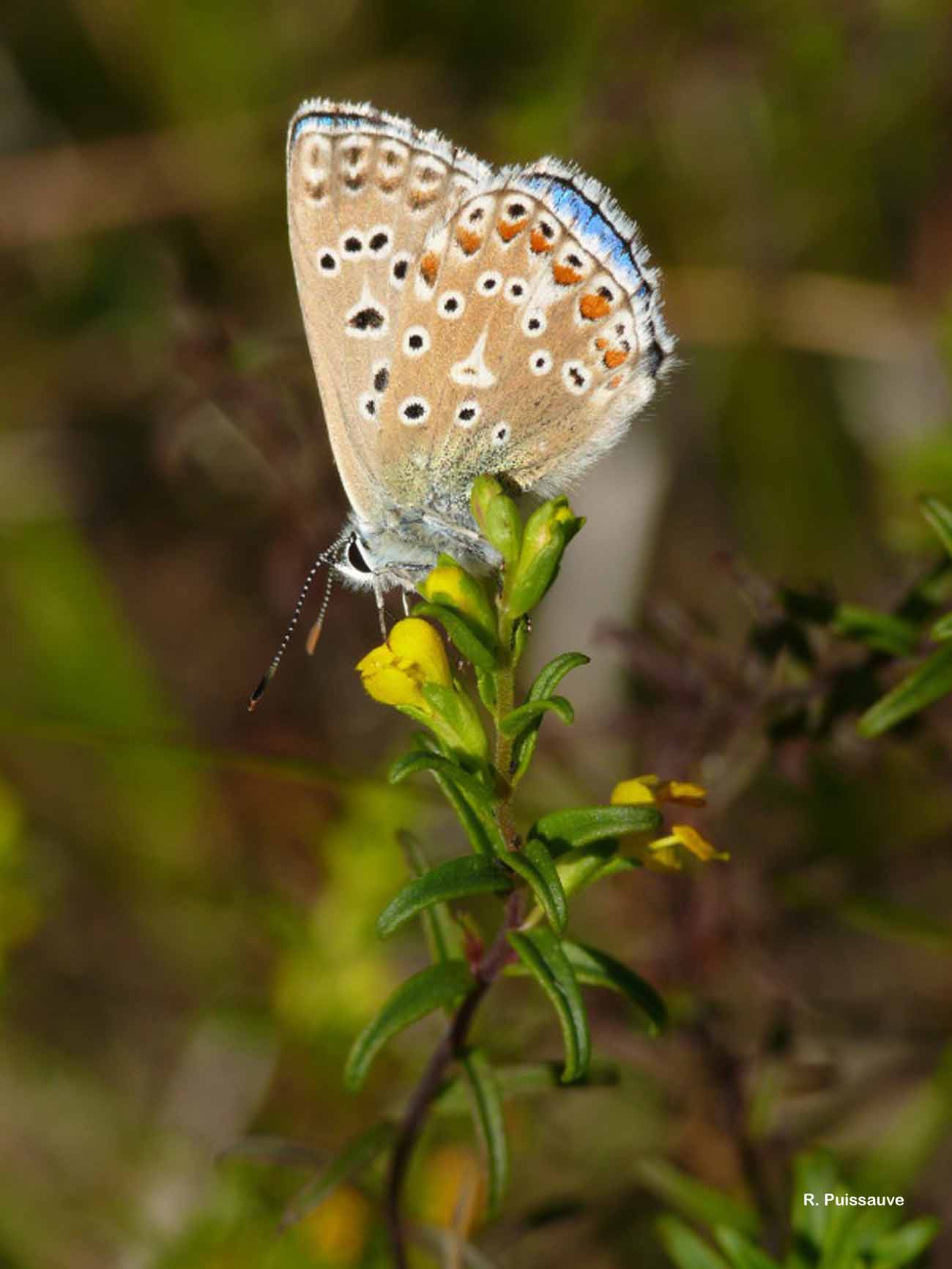
| Author : R. Puissauve |
 |
To get the picture, please visit:
Renaud PUISSAUVE
Muséum national d'Histoire naturelle - Service du Patrimoine Naturel
4 avenue du Petit Château
91 800 BRUNOY
e-mail : puissauve@mnhn.fr
Any reuse of one or more photographs on this site is subject to an authorization request from the author.
Link to the Code of Intellectual Property (Legifrance)

| Author : J. Touroult |
 |
To get the picture, please visit:
Legend: In copula.
Despite the Creative Commons license, please inform the author of the use which will be made of his photo
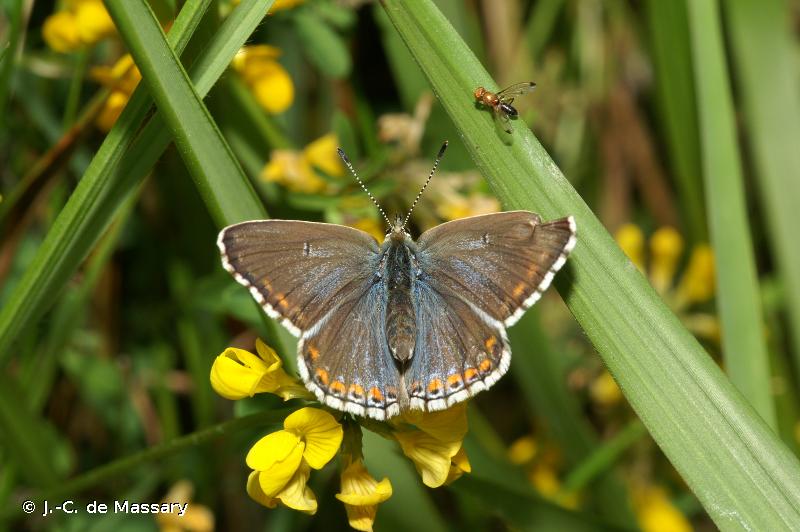
| Author : J.-C. de Massary |
 |
To get the picture, please visit:
Massary (de)Jean-Christophe
25 rue des Sorbiers
60510 LA NEUVILLE EN HEZ
Legend: Femelle
Despite the Creative Commons license, please inform the author of the use which will be made of his photo
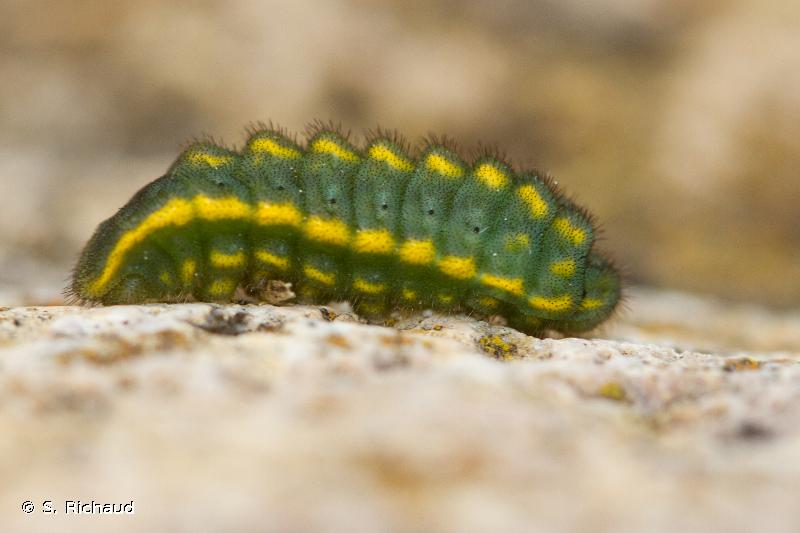
| Author : S. Richaud |
 |
To get the picture, please visit:
Sonia Richaud
email : inpn@mnhn.fr
Despite the Creative Commons license, please inform the author of the use which will be made of his photo
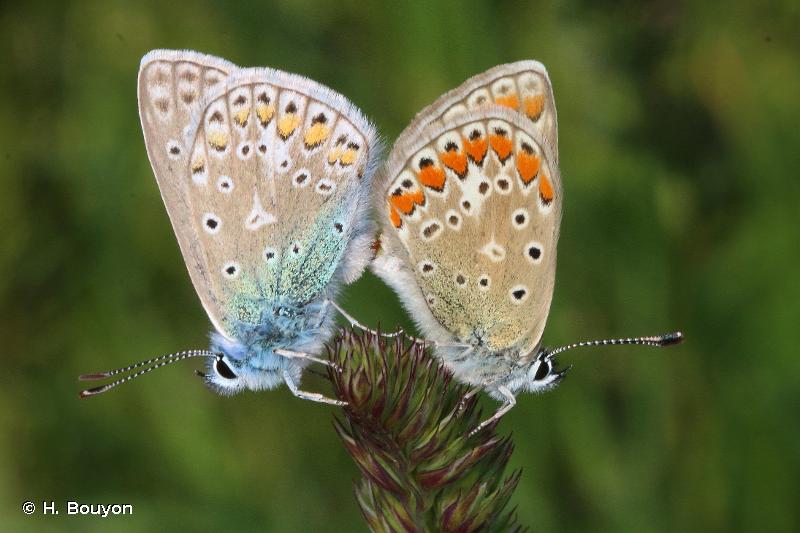
| Author : H. Bouyon |
 |
To get the picture, please visit:
Any reuse of one or more photographs on this site is subject to an authorization request from the author.
Link to the Code of Intellectual Property (Legifrance)
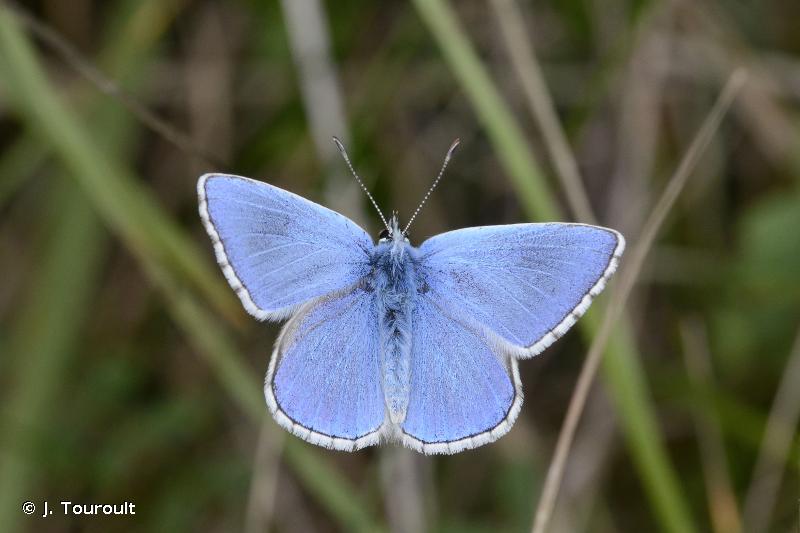
| Author : J. Touroult |
 |
To get the picture, please visit:
Legend: Mâle
Despite the Creative Commons license, please inform the author of the use which will be made of his photo
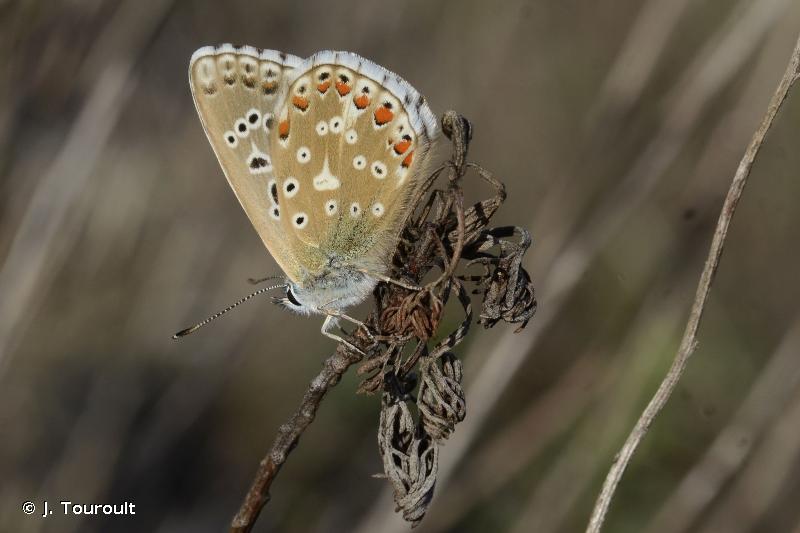
| Author : J. Touroult |
 |
To get the picture, please visit:
Despite the Creative Commons license, please inform the author of the use which will be made of his photo

| Author : E. SANSAULT - ANEPE Caudalis |
 |
To get the picture, please visit:
Eric Sansault
ANEPE Caudalis
email : inpn@mnhn.fr
Despite the Creative Commons license, please inform the author of the use which will be made of his photo
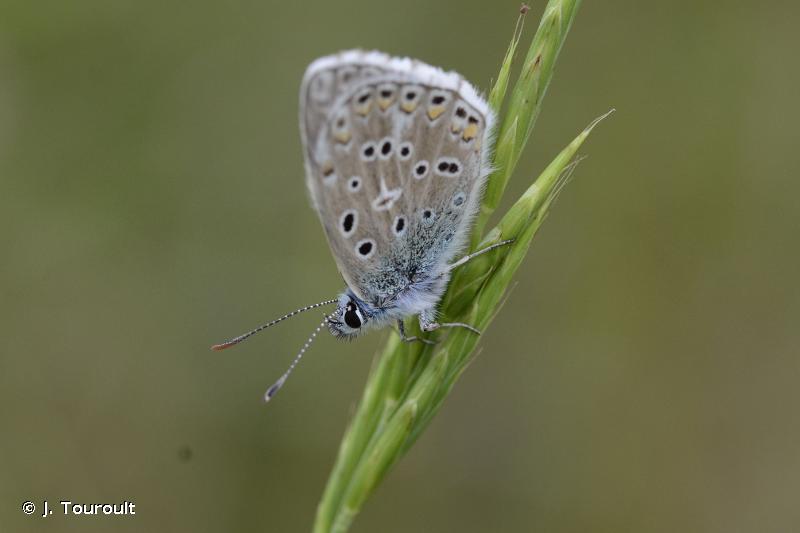
| Author : J. Touroult |
 |
To get the picture, please visit:
Despite the Creative Commons license, please inform the author of the use which will be made of his photo
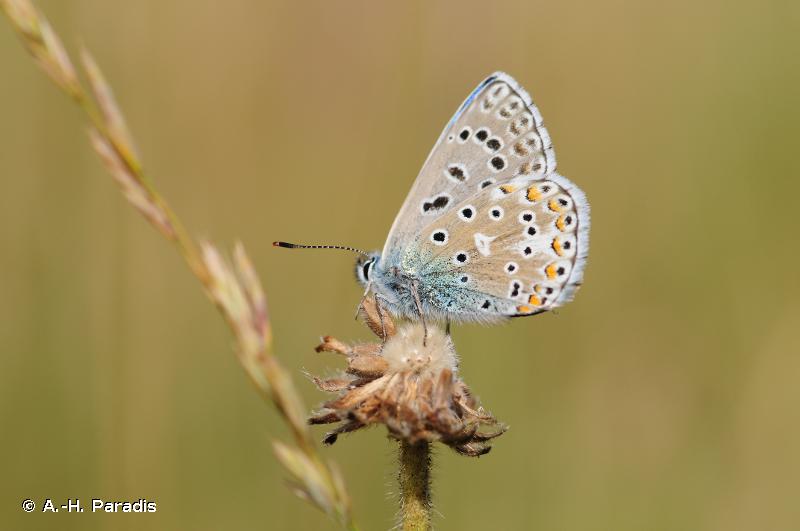
| Author : A.-H. Paradis |
 |
To get the picture, please visit:
Anne-Hélène Paradis
Missouri Botanical Garden, Africa & Madagascar Department
Muséum national d’Histoire naturelle, ISYEB
57 rue Cuvier
CP 39
75005Paris
paradis.ah@gmail.com
Despite the Creative Commons license, please inform the author of the use which will be made of his photo
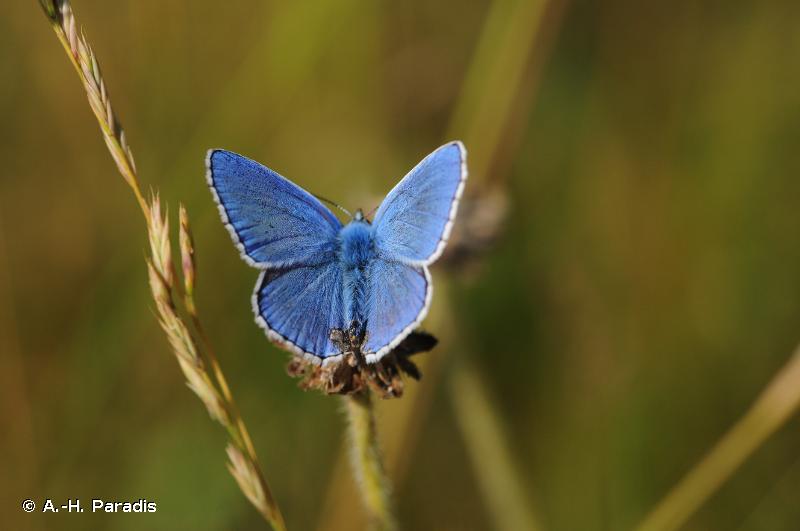
| Author : A.-H. Paradis |
 |
To get the picture, please visit:
Anne-Hélène Paradis
Missouri Botanical Garden, Africa & Madagascar Department
Muséum national d’Histoire naturelle, ISYEB
57 rue Cuvier
CP 39
75005Paris
paradis.ah@gmail.com
Despite the Creative Commons license, please inform the author of the use which will be made of his photo

| Author : S. Wroza |
 |
Despite the Creative Commons license, please inform the author of the use which will be made of his photo
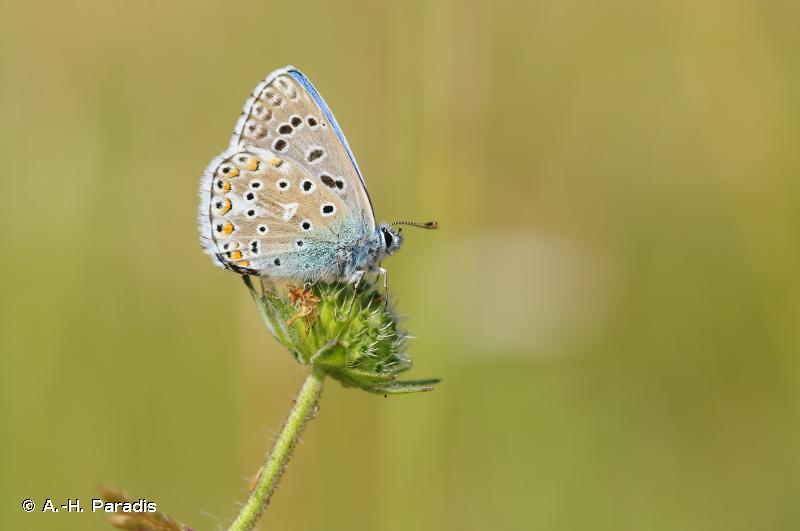
| Author : A.-H. Paradis |
 |
To get the picture, please visit:
Anne-Hélène Paradis
Missouri Botanical Garden, Africa & Madagascar Department
Muséum national d’Histoire naturelle, ISYEB
57 rue Cuvier
CP 39
75005Paris
paradis.ah@gmail.com
Despite the Creative Commons license, please inform the author of the use which will be made of his photo
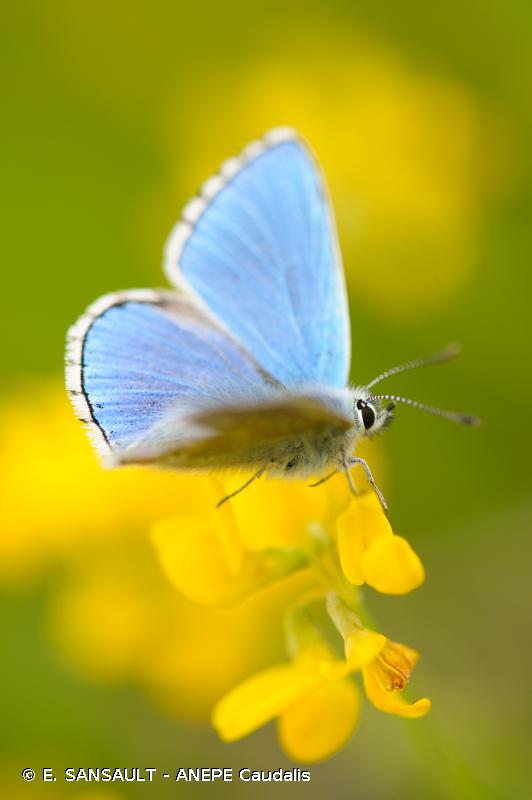
| Author : E. SANSAULT - ANEPE Caudalis |
 |
To get the picture, please visit:
Eric Sansault
ANEPE Caudalis
email : inpn@mnhn.fr
Despite the Creative Commons license, please inform the author of the use which will be made of his photo
Taille :
Adulte : 30 - 35 mm
Diagnose :
Papillon de couleur bleu ciel vif avec des franges blanches découpées de noir. Sur le dessous de l'aile antérieure, on trouve un point noir au niveau de la cellule. Le dessus de femelles est de couleur brun avec des écailles bleues à la base et un trait discoïdal noir.
Détermination :
L'adulte est moyennement difficile à reconnaître.
Espèces proches :
Confusion possible avec les autres Azurés. La couleur bleu ciel brillant et le point dans la cellule sont caractéristiques.
Période d'observation :
L'adulte est visible de mai à octobre, parfois de fin avril à novembre dans certaines régions.
Biologie-éthologie :
L'Argus bleu céleste a deux à trois générations par an. La chenille se nourrit des fleurs et des feuilles des Hippocrépides et de la Coronille bigarrée. Elles sont souvent associées à plusieurs espèces de fourmis qui les protègent en les enfouissant dans une cellule en terre durant la journée.
Biogéographie et écologie :
Cette espèce est présente en Europe centrale et méridionale et au Moyen-Orient. On la trouve dans les milieux bien ensoleillés comme les prairies, les pelouses et les landes avec une préférence pour les substrats calcaires. Elle peut être observée du niveau de la mer jusqu'à 2°000 m d'altitude.
D'après
Doux Y., Gibeaux C., 2007. Les papillons de jour d'Île-de-France et de l'Oise. Biotope, Mèze. Muséum national d'Histoire naturelle, Paris. 288 p.
Lafranchis, T., Jutzeler, D., Guilloson, J.-Y., Kan, P., Kan, B. 2015. La vie des papillons. Editions Diatheo. Montpellier. 751 pp.
Lafranchis, T. 2016. Papillons de France. Editions Diatheo. Montpellier. 351 pp.
J. Ichter(),2019
Continental
Metropolitan France
Overseas
Marine
Metropolitan France
Overseas
The map presents a summary at the 10 x 10 km grid of the observation data for the species transmitted to the SINP. These data have been subjected to validation filters.
The map presents a reference distribution layer of the species at the scale of departments and marine sectors. The presence and absence data were established by expertise within a network of partners. This reference distribution is used in the validation process of the SINP data at the INPN level.
Corresponds to a report on the basis of at least one observation proved within a period of 10 years (20 years for little-known invertebrates) preceding the year and no presumption of extinction since obtaining the last data nor doubt on reproductive and implemented nature of this population. For migratory species, the presence indicated concerns areas of reproduction.
This status is based on one or more of the following criteria:
This point covers the absence, more difficult by nature to demonstrate than presence. This status is based on one or more of the following criteria:
This status must be assigned to a department in which the presence of the species is casual.
Particular case of absence due to a proven extinction less than a half century ago (older disappearances are treated as "no probable or definite").
In the state of knowledge, we can not comment on the presence or absence in the current department. This is the default status when not comprised in one of the previous categories or whenever there is doubt.
The map shows the global distribution of the species based on GBIF data (Global Biodiversity Information Facility).
